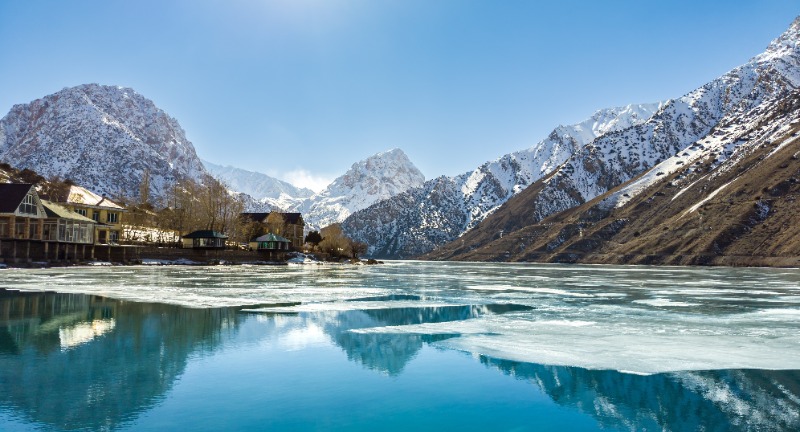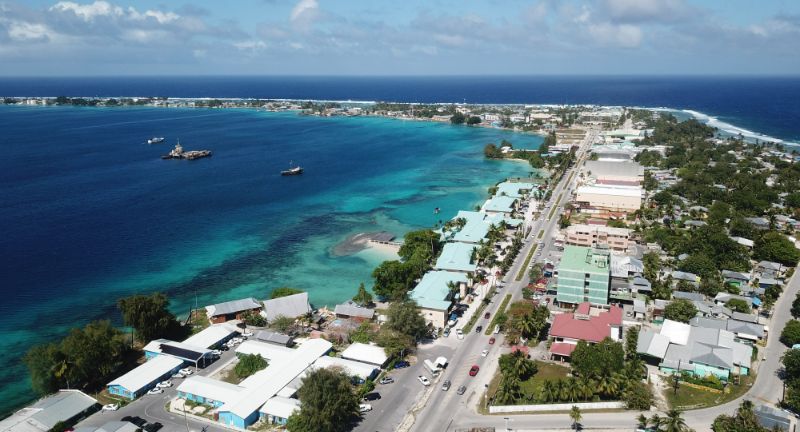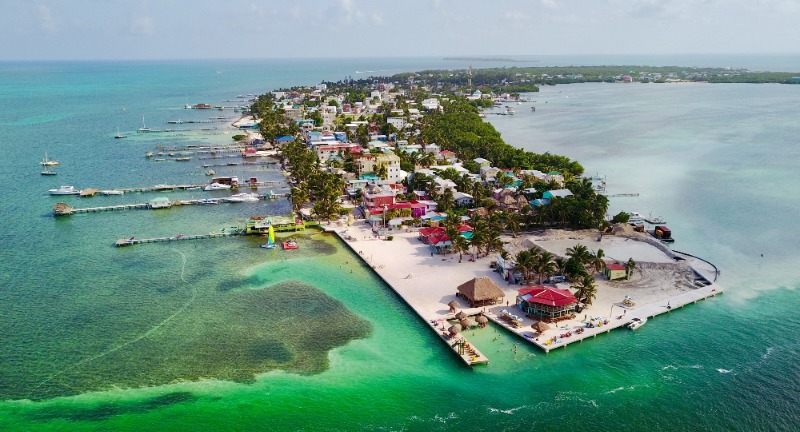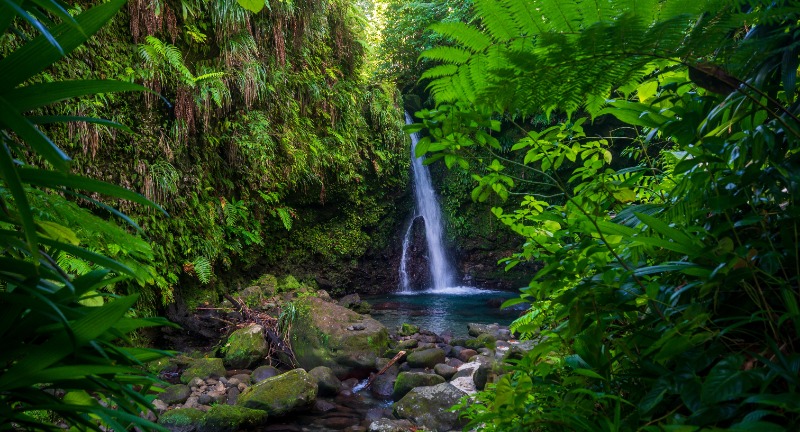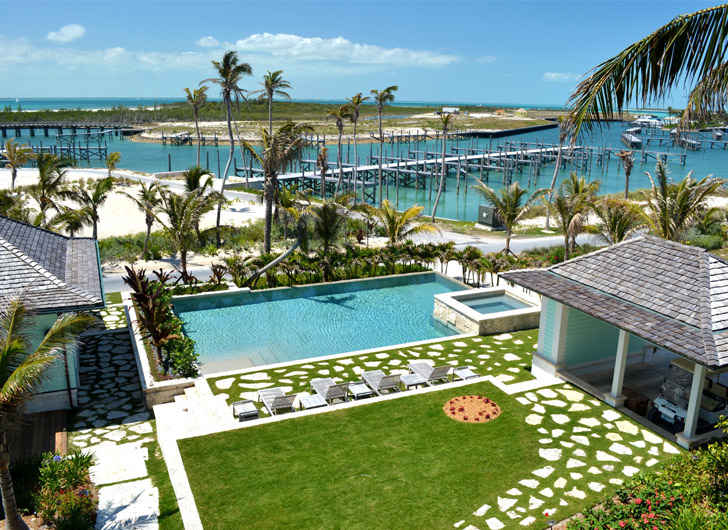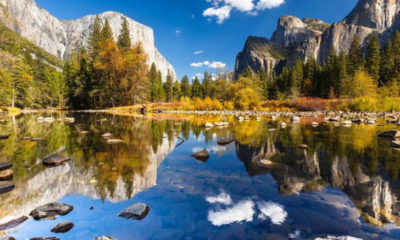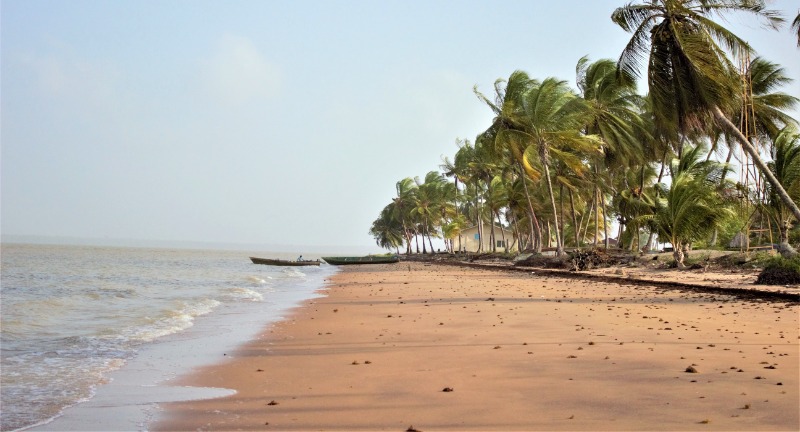
Shutterstock
Tourism often conjures images of bustling metropolises and overrun landmarks, but the world’s most enchanting treasures are often tucked away in lesser-known corners. These hidden countries, often overshadowed by their famous neighbors, rely on tourism as a lifeline, inviting visitors to explore untouched beauty, vibrant cultures, and authentic hospitality.
From remote Pacific islands with crystal-clear waters to serene African nations rich in wildlife and tradition, these destinations offer experiences that rival, and at times, surpass the usual tourist hotspots. Yet, their very survival depends on travelers seeking something different, something quieter, something real. Venture off the beaten path, and you’ll discover the soul of tourism in places that the world has yet to fully embrace.
Bhutan
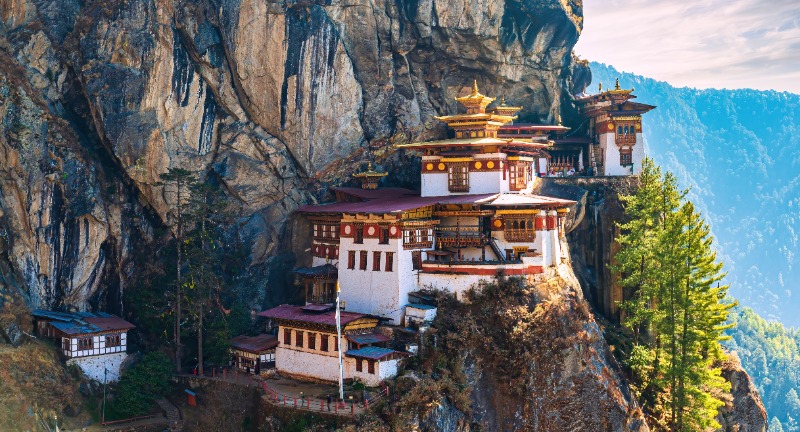
Shutterstock
Bhutan’s unique approach to tourism is encapsulated by its philosophy of “Gross National Happiness.” The government caps tourist numbers to ensure minimal environmental and cultural disruption, charging a sustainable development fee to fund community projects. Visitors are captivated by ancient monasteries, such as the iconic Tiger’s Nest, and festivals like the colorful Paro Tsechu. Trekking the Himalayas here is not just an adventure but a journey into a world where spirituality and nature coexist harmoniously.
Palau

Shutterstock
Palau is a paradise for divers and marine enthusiasts, boasting some of the richest underwater biodiversity on Earth. The famed Rock Islands and their hidden lagoons offer a glimpse of unspoiled beauty, while the serene Jellyfish Lake is a one-of-a-kind snorkeling experience. The country has declared much of its waters a marine sanctuary, emphasizing sustainable tourism practices. Visitors to Palau contribute to efforts to protect its fragile coral reefs and unique ecosystems.
Vanuatu
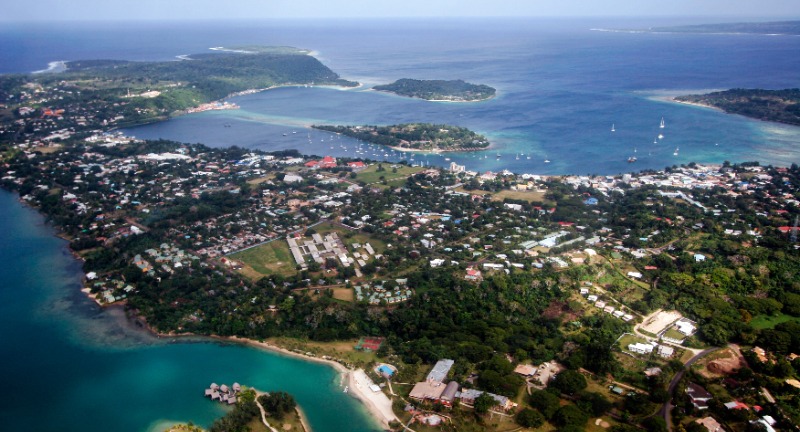
Shutterstock
Vanuatu offers an intoxicating mix of adventure and cultural immersion. Tourists flock to its active Yasur Volcano on Tanna Island for a firsthand encounter with raw geological power. Beyond its natural wonders, the country’s traditional villages provide a window into its ancient customs and lifestyles. For thrill-seekers, diving shipwrecks like the SS President Coolidge is a bucket-list experience.
Seychelles
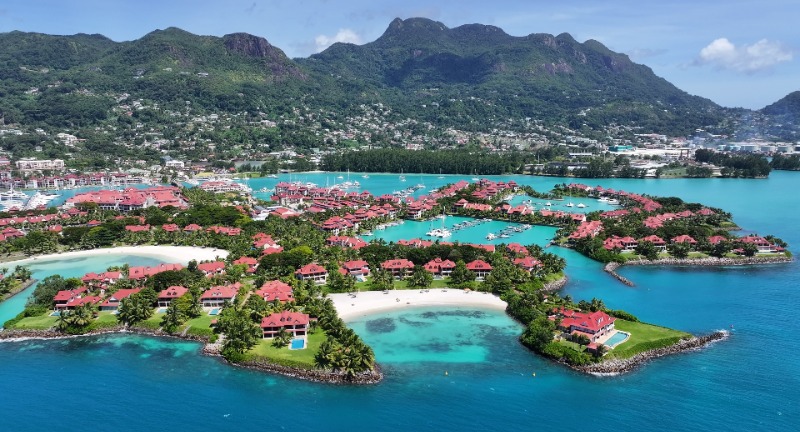
Shutterstock
Seychelles is synonymous with paradise, but its reliance on tourism goes beyond luxury resorts. Its isolated location makes it a haven for endemic species and unique ecosystems, protected through visitor fees and eco-friendly tourism policies. Tourists are drawn to its granite beaches, turquoise waters, and marine life, including giant tortoises. By visiting Seychelles, travelers contribute to conservation initiatives that ensure these natural wonders remain untouched.
Eswatini
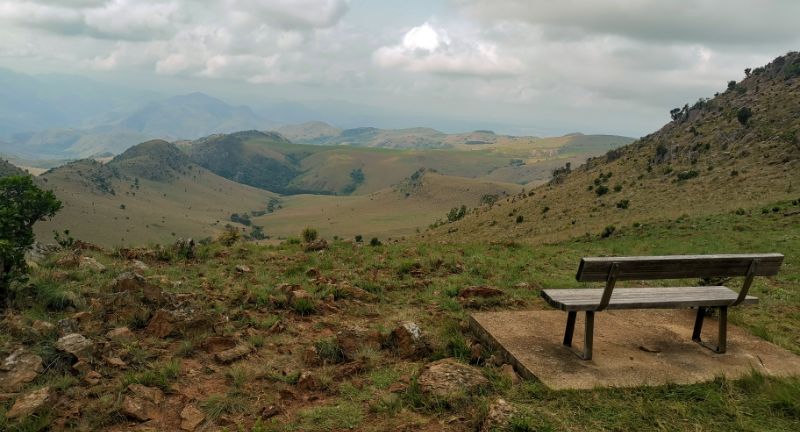
Shutterstock
Eswatini is a small but culturally vibrant kingdom in Southern Africa. Visitors are welcomed with traditional dances, crafts, and rituals during events like the Umhlanga Reed Dance. Wildlife enthusiasts can explore its game reserves, home to rhinos, elephants, and other iconic species. Tourism supports local artisans and helps preserve Swazi traditions that have been passed down for generations.
The Gambia

Shutterstock
The Gambia’s small size belies its vibrant offerings to visitors, earning it the nickname “The Smiling Coast of Africa.” Its river-based ecosystems are teeming with birdlife, attracting eco-tourists and nature photographers. The country’s beaches are dotted with local markets and fishing villages, offering cultural exchanges with warm-hearted locals. Tourism is a major economic driver, creating jobs and opportunities for rural communities.
Kiribati
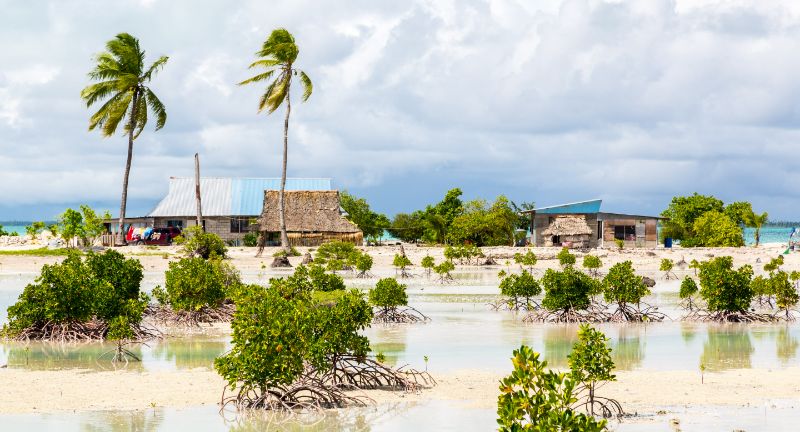
Shutterstock
Kiribati is a remote Pacific nation known for its untouched atolls and traditional culture. Adventurous travelers are drawn to its simple way of life, far removed from modern distractions. The country also holds historical significance, with WWII relics scattered across its islands. However, rising sea levels pose a grave threat, making tourism a vital source of income to aid in its sustainability efforts.
Comoros
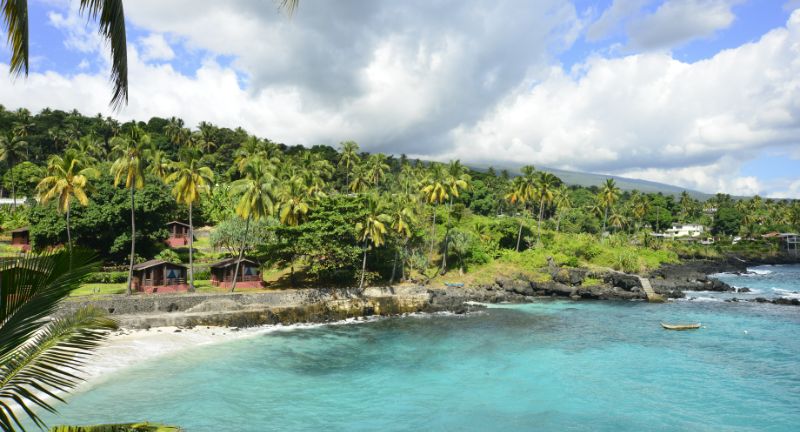
Shutterstock
Comoros, nestled between Madagascar and Mozambique, offers an exotic blend of volcanic landscapes, pristine beaches, and spice-scented breezes. The islands are known for their ylang-ylang and vanilla farms, adding an aromatic charm to visits. Its coral reefs attract snorkelers, while Mount Karthala tempts hikers. Tourism provides a crucial boost to an economy otherwise reliant on agriculture.
Djibouti
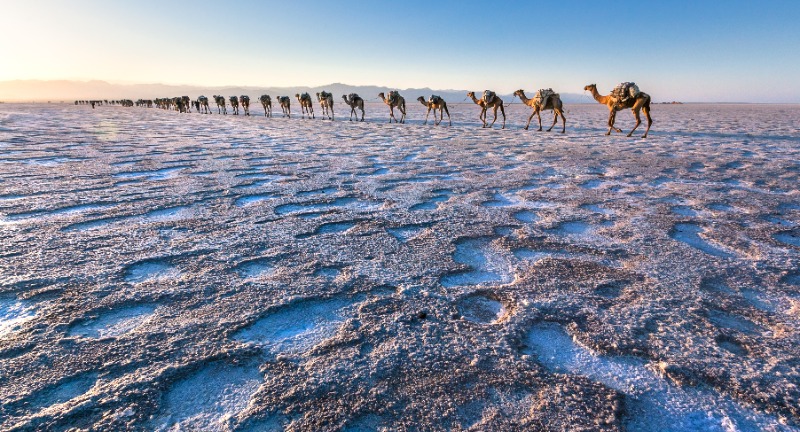
Shutterstock
Djibouti’s dramatic landscapes, from Lake Assal’s salt flats to the surreal Lac Abbé, make it a magnet for adventure seekers. Visitors also explore its underwater treasures in the Gulf of Tadjoura, known for whale shark sightings. The country’s cultural diversity, blending African, Arab, and French influences, enriches its tourism appeal. Tourism supports efforts to preserve its unique geology and vibrant local traditions.
Dominica
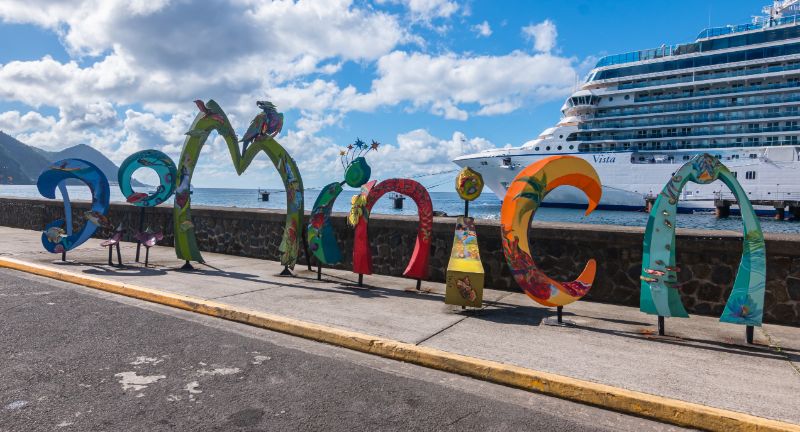
Shutterstock
Dominica, the “Nature Island” of the Caribbean, offers a serene alternative to more commercialized destinations. Its rainforests, hot springs, and waterfalls make it a haven for eco-tourists. The island also attracts scuba divers with its rich marine biodiversity and dramatic underwater volcanic landscapes. Tourism plays a significant role in sustaining conservation initiatives and empowering local communities.
Timor-Leste
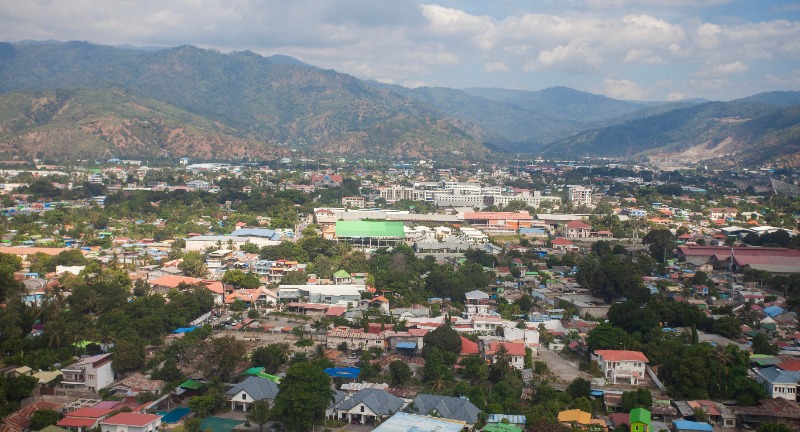
Shutterstock
Timor-Leste is an emerging destination known for its pristine coral reefs and rugged mountain landscapes. Tourists can dive in some of the world’s most biodiverse waters or trek through villages to experience authentic Timorese hospitality. Its colonial past is reflected in charming Portuguese architecture in Dili and Baucau. Tourism provides a vital income source for this developing nation as it strives to preserve its natural and cultural heritage.
Suriname
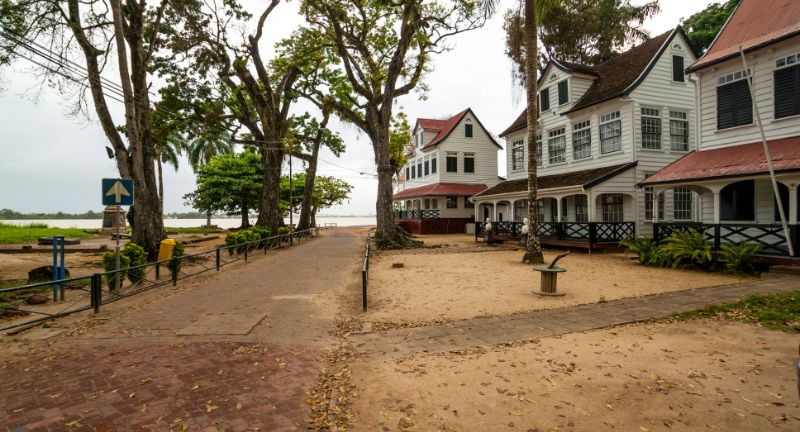
Shutterstock
Suriname’s rich cultural diversity is a highlight for travelers, combining Indigenous traditions with African, Asian, and European influences. Its capital, Paramaribo, is a UNESCO World Heritage site, showcasing colonial-era wooden architecture. Tourists also flock to its Amazonian rainforests for wildlife spotting and eco-lodges. Tourism plays an essential role in supporting environmental conservation and multicultural preservation.
Tuvalu
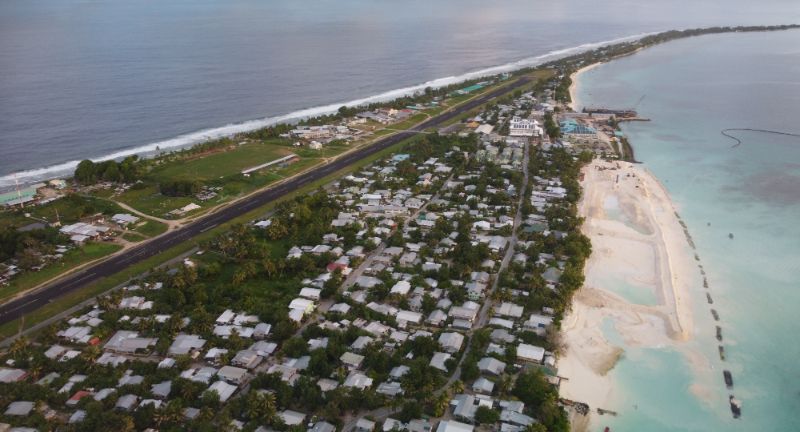
Shutterstock
Tuvalu’s nine tiny islands offer travelers a tranquil escape, with their azure lagoons and palm-fringed shores. Its slow-paced life appeals to those seeking authentic cultural experiences, from traditional dance to community gatherings. Tourism is crucial to its small economy, helping locals combat climate change’s looming impacts. Visiting Tuvalu is also a way to support a nation striving to preserve its identity against the tides.
Malawi
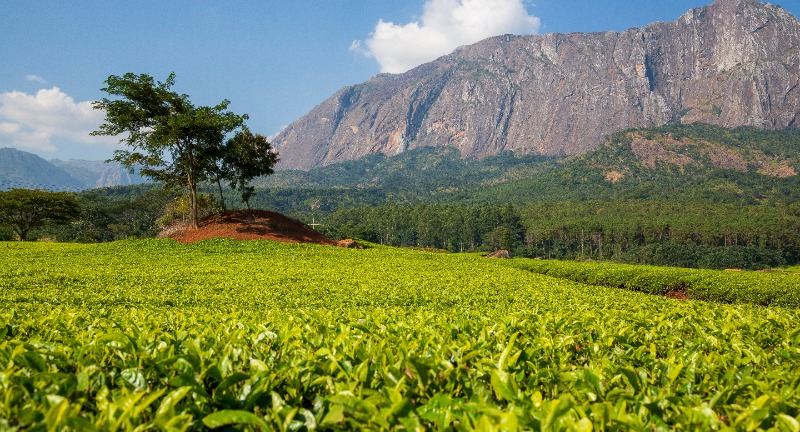
Shutterstock
Malawi, often called the “Warm Heart of Africa,” charms visitors with its welcoming people and serene landscapes. Lake Malawi, with its clear waters and vibrant cichlid fish, is a UNESCO World Heritage site and a prime destination for snorkelers and divers. Beyond the lake, Malawi offers lush highlands, wildlife reserves, and vibrant village markets. Tourism supports local development projects and conservation efforts that maintain its biodiversity.
Montenegro
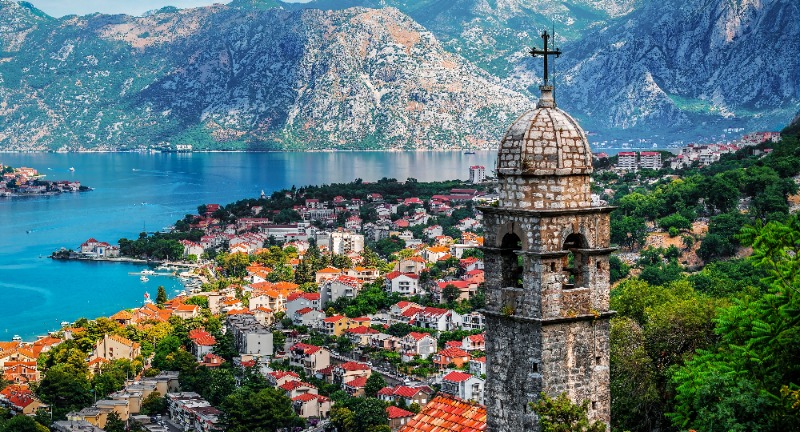
Shutterstock
Montenegro, with its compact yet dramatic landscapes, is a rising star in the Balkans. From the medieval charm of Kotor to the rugged peaks of Durmitor National Park, the country offers diverse attractions. Visitors can enjoy sailing along the Adriatic coast or hiking in its mountainous interiors. Tourism has become a vital sector, providing employment and bolstering rural economies.
Guyana
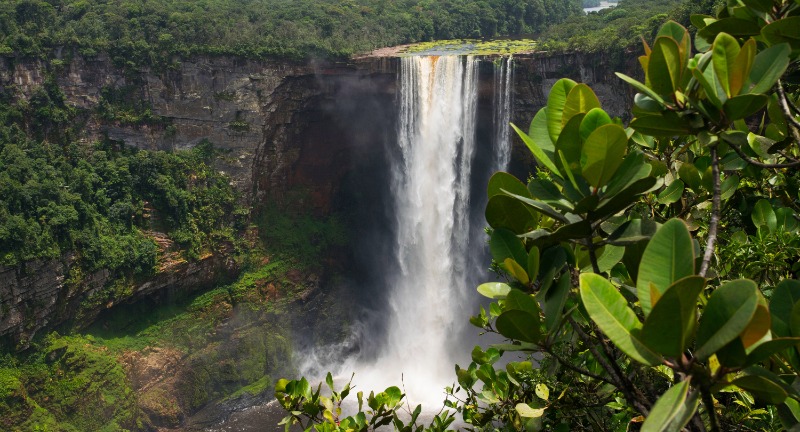
Shutterstock
Guyana is a South American treasure that remains largely off the beaten path. Its sprawling rainforests and waterfalls, including the majestic Kaieteur Falls, appeal to eco-tourists and adventurers. The country’s rich Indigenous cultures and colonial heritage add layers of intrigue for visitors. Tourism helps fund conservation initiatives and supports local communities in preserving their unique way of life.
Laos
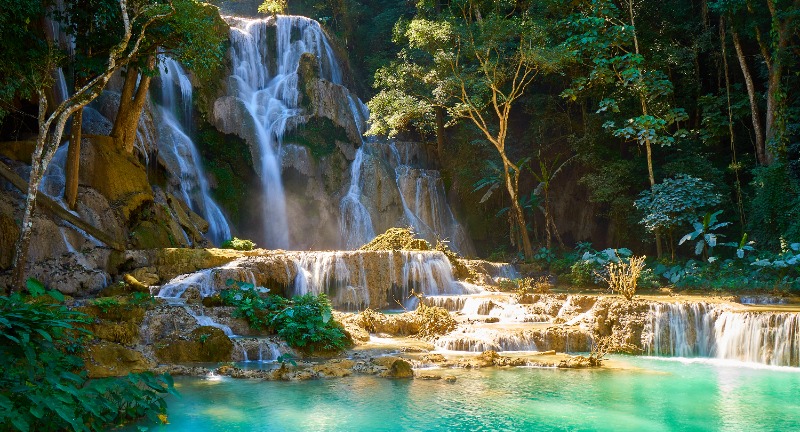
Shutterstock
Laos offers a tranquil escape with its lush landscapes, from the Mekong River to karst mountains. The UNESCO-listed town of Luang Prabang combines Buddhist temples, French colonial architecture, and bustling night markets. Tourists also enjoy tubing in Vang Vieng and exploring the Plain of Jars, a mysterious archaeological site. Tourism is a crucial part of the economy, funding heritage preservation and rural development.
Grenada
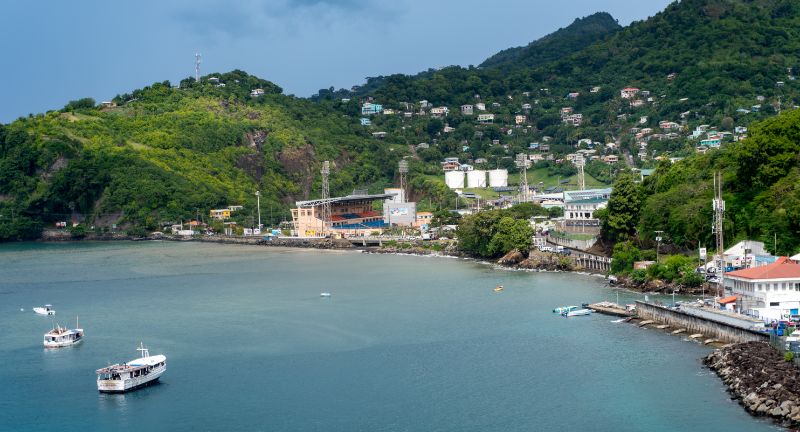
Shutterstock
Grenada, known as the “Spice Isle,” entices visitors with its nutmeg-scented air, golden beaches, and lush rainforests. The underwater sculpture park off the coast offers a unique diving experience, blending art with marine conservation. Its vibrant culture, highlighted in festivals like Carnival, adds to its charm. Tourism supports local farmers and artisans, sustaining the island’s traditional economy.
Mauritania
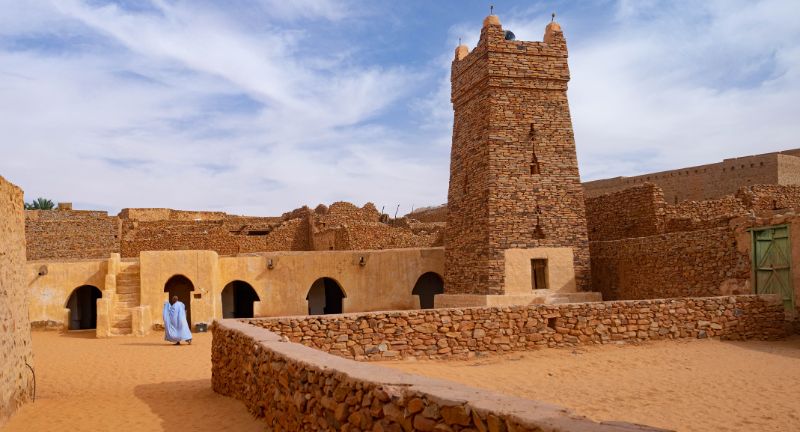 Shutterstock
Shutterstock
Mauritania offers starkly beautiful desert landscapes and a rich cultural heritage tied to the ancient caravan trade. Visitors explore the UNESCO-listed towns of Chinguetti and Ouadane or venture into the vast dunes of the Sahara. The Banc d’Arguin National Park, a haven for migratory birds, draws eco-tourists and ornithologists. Tourism supports efforts to protect its natural and cultural treasures while diversifying the economy.
Tajikistan’s towering Pamir Mountains make it a bucket-list destination for adventure travelers and mountaineers. The Pamir Highway, one of the highest roads in the world, offers breathtaking vistas and access to remote villages. Its Silk Road heritage and warm local hospitality enrich the experience for cultural tourists. Tourism is a growing sector that supports rural livelihoods and fosters international connections.
The Marshall Islands, scattered across the Pacific, offer a blend of natural beauty and historical intrigue. Divers explore WWII shipwrecks, while others are drawn to its pristine lagoons and coral reefs. The islands face significant environmental challenges, making sustainable tourism vital for their future. Tourism provides much-needed income to support local initiatives and preserve their unique heritage.
Belize is a haven for nature lovers and history buffs alike. The Great Blue Hole, a giant marine sinkhole, attracts divers from around the world, while lush rainforests conceal ancient Mayan ruins. Its rich barrier reef, the second largest globally, is a UNESCO World Heritage site. Tourism is a major contributor to the economy, funding conservation efforts and providing jobs for local communities.
Exploring lesser-known countries not only rewards travelers with unique and unforgettable experiences but also supports communities that rely heavily on tourism for their livelihood. These hidden gems offer a chance to escape the crowds, connect deeply with local cultures, and discover the beauty of the world’s most unspoiled destinations. By choosing to visit these places, travelers become ambassadors for sustainable and meaningful tourism. So, venture beyond the familiar, and let the charm of these lesser-known countries redefine the way you see the world.




















